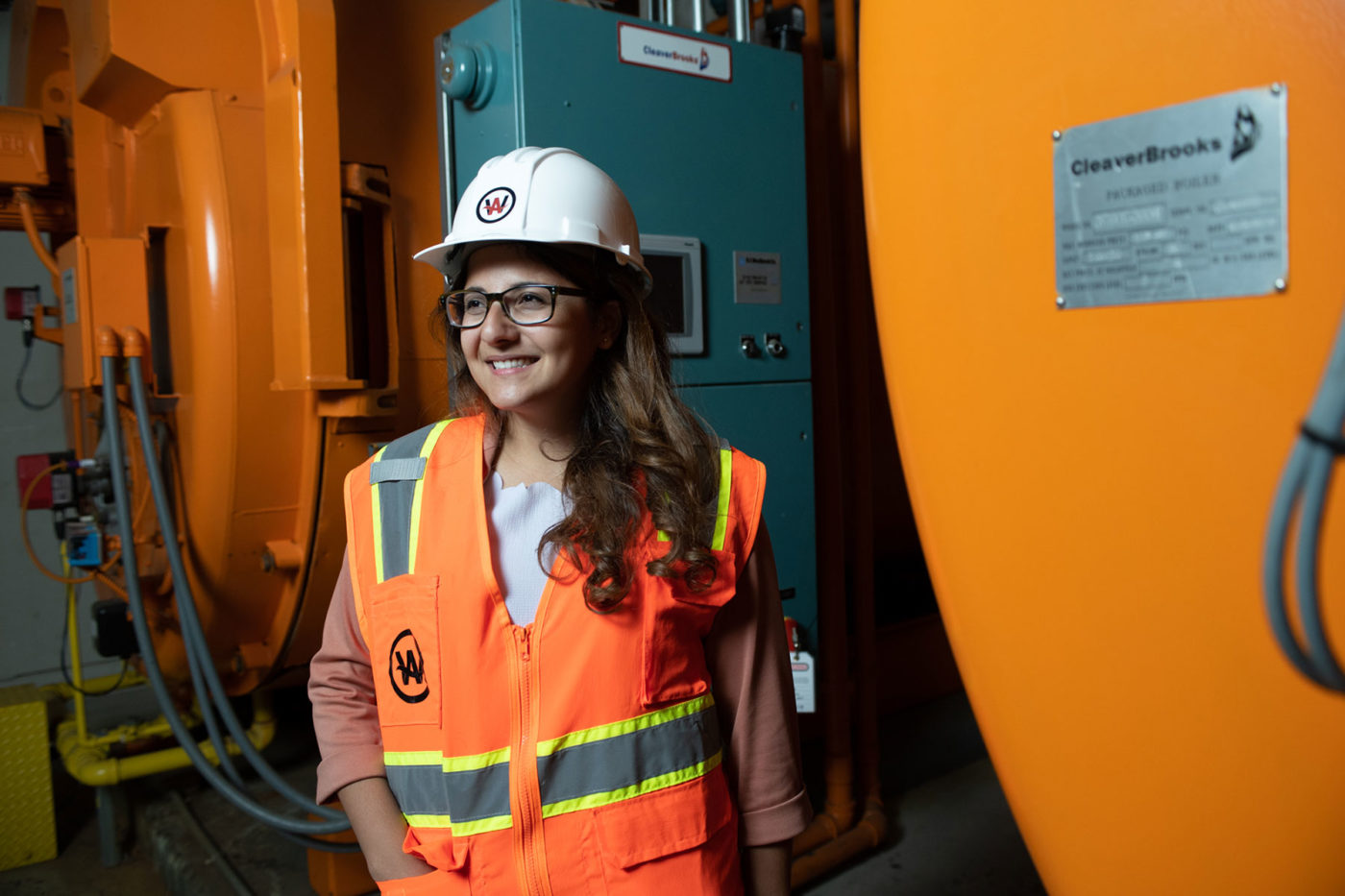We here at Western Allied face dangers every day that most people never see. In construction there are many hazards that most people don’t even think about, but we all must be aware of these hazards so we can return home safely each night. The top four work hazards that cause the highest number of injuries and deaths are called OSHA’s Focus Four. They are falls, electrocution, struck-by object, and caught-between. We as owners, managers, and workers need to be aware of these hazards to ensure the best safety culture we can provide. Below is a highlight of each of these and how we can prevent them:
FALL HAZARDS
On most construction sites, there is no greater chance of death or serious injury than when working at height. A worker is at risk any time they are working at a height of four feet or more. OSHA generally requires that fall protection be provided for an employee working at a height of six feet in construction. However, regardless of the fall distance, fall protection must be provided when working over dangerous equipment and machinery. The importance of fall protection cannot be stressed enough.
Each year, on average, between 150 and 200 workers are killed and more than 100,000 are injured as a result of falls at construction sites. The three generally accepted methods of protection for workers on a construction site who are exposed to vertical drops of six feet or more are:
- Guardrails are considered prevention systems, as they stop the employee from having a fall in the first place.
- Safety net systems are designed to catch the employee and break their fall. They must be placed as close as attainable under the working surface, but never more than 30 feet below.
- A personal fall arrest system consists of an anchorage, connectors, and a full-body harness that work together to break the employee’s fall.
ELECTRICAL HAZARDS
An average of 143 construction workers are killed each year by contact with electricity. The number of deaths by electrocution clearly shows that exposure to electricity is a major hazard to construction workers. Electrocution results when a person is exposed to a lethal amount of electrical energy.
The major types of electrocution incidents come from:
- Contact with overhead power lines.
- Contact with energized sources (e.g., live parts, damaged or bare wires, defective equipment or tools).
- Improper use of extension and flexible cords.
Here are just some of the things we can do to better protect against electrocution hazards:
- Locate and identify utilities before starting work.
- Look for overhead power lines when operating any equipment.
- Maintain a safe distance away from power lines; learn the safe distance requirements.
- Do not operate portable electric tools unless they are grounded or double insulated.
- Use ground-fault circuit interrupters for protection.
- LOCK OUT TAG OUT!
CAUGHT-IN / BETWEEN HAZARDS
Events (examples) that should be classified as caught-in include:
- Cave-ins (trenching)
- Being pulled into or caught in machinery and equipment (this includes strangulation as the result of clothing caught in running machinery and equipment).
- Being compressed or crushed between rolling, sliding, or shifting objects such as semi-trailers and a dock wall, or between a truck frame and a hydraulic bed that is lowering.
To prevent caught-in / between hazards:
- Use machinery that is properly guarded.
- Use other methods to ensure that machinery is sufficiently supported, secured or otherwise made safe (e.g., de-energize equipment and use lockout / tag-out and block-out procedures).
- Use protection to prevent from being pinned between equipment, materials or other objects.
- Avoid entry and working in unsafe excavations and only after inspection of a competent person.
- Seek and take advantage of safety training opportunities.
- Take extra precautions and considerations before entering confined or enclosed spaces.
Over the past few years we have been very lucky, as we have had a few close calls. As a team, we need to continue to work hard on our safety culture to minimize our numbers here at Western Allied Mechanical. We need to look out for our Western Allied family members so we all can return home safely every day.


